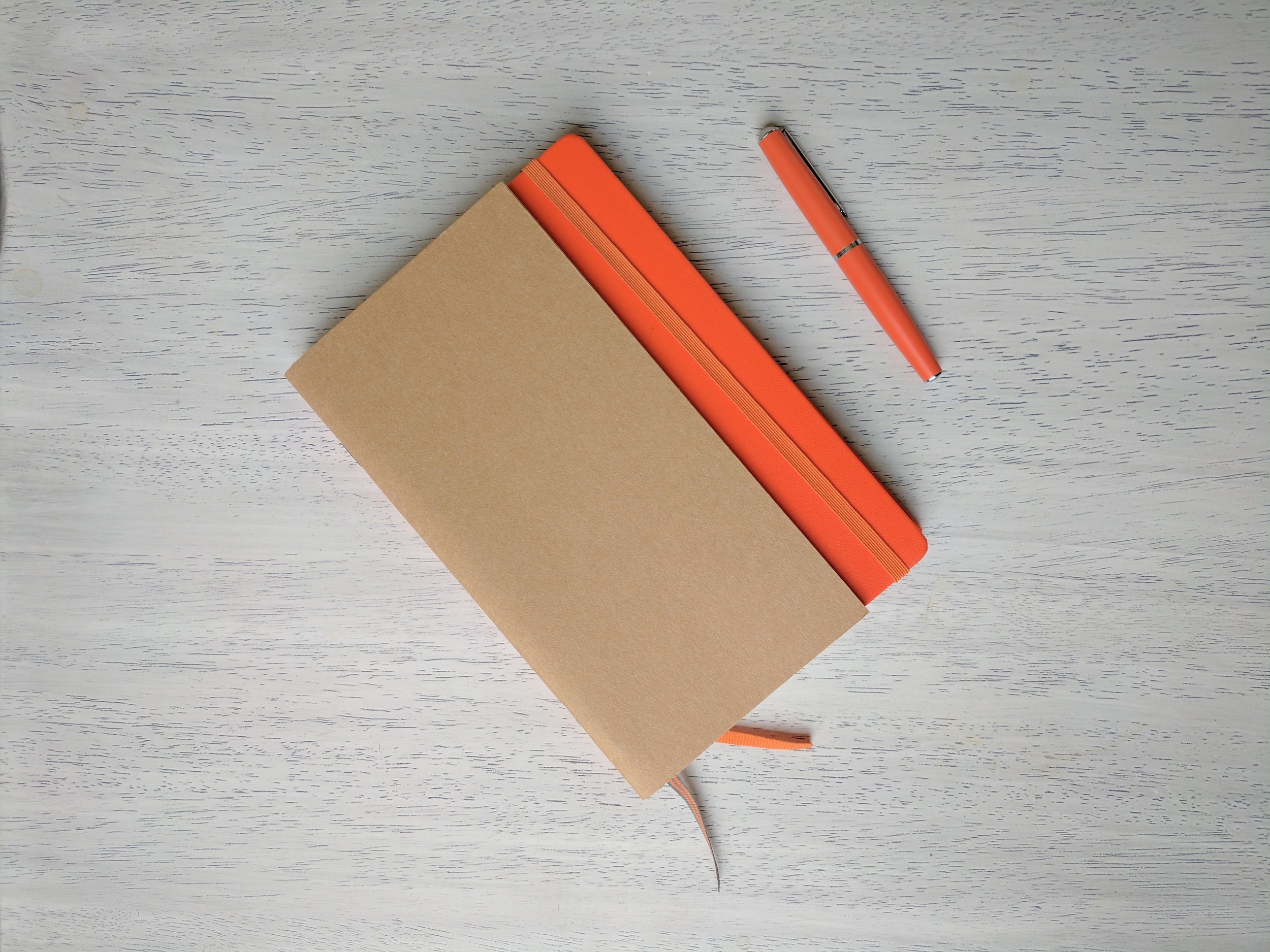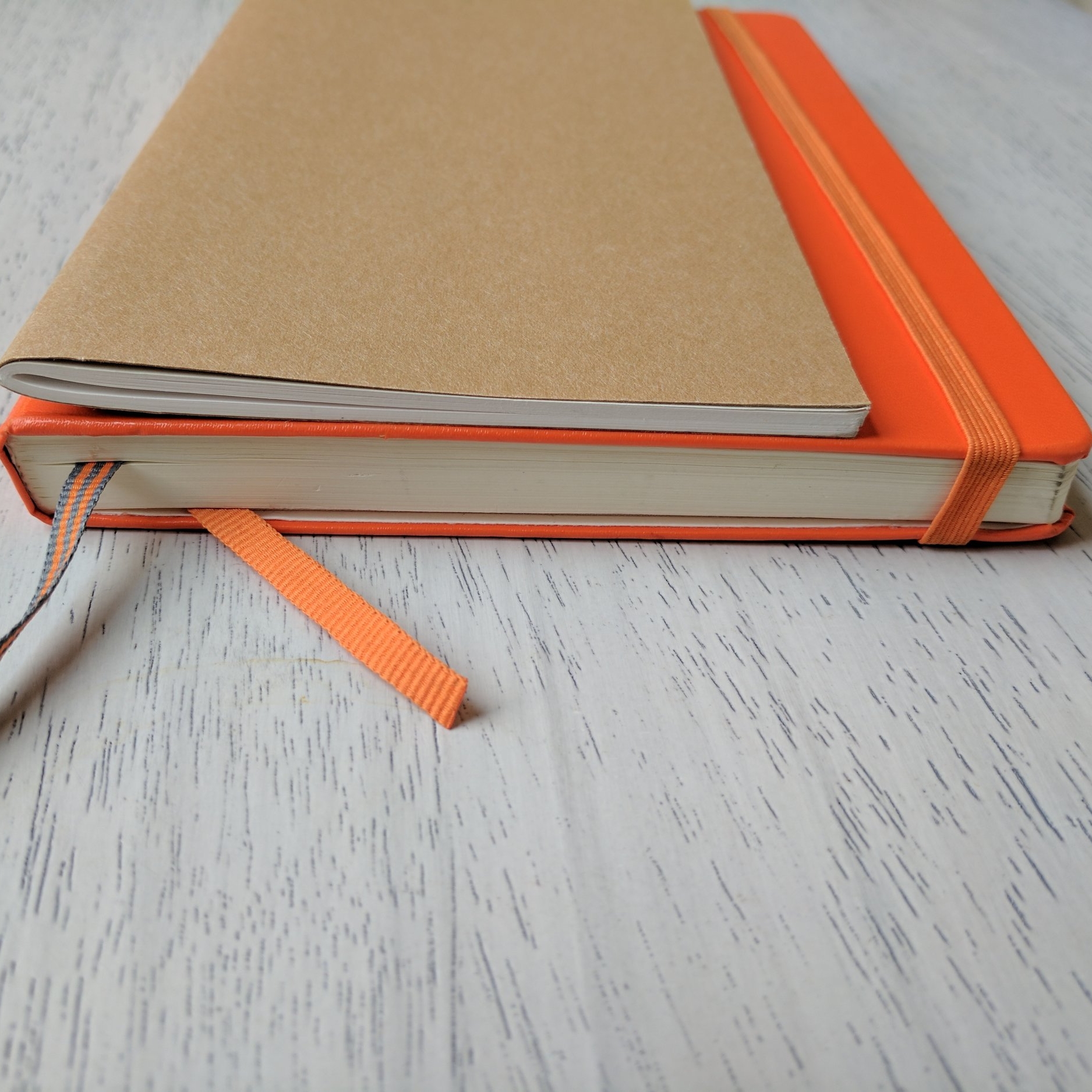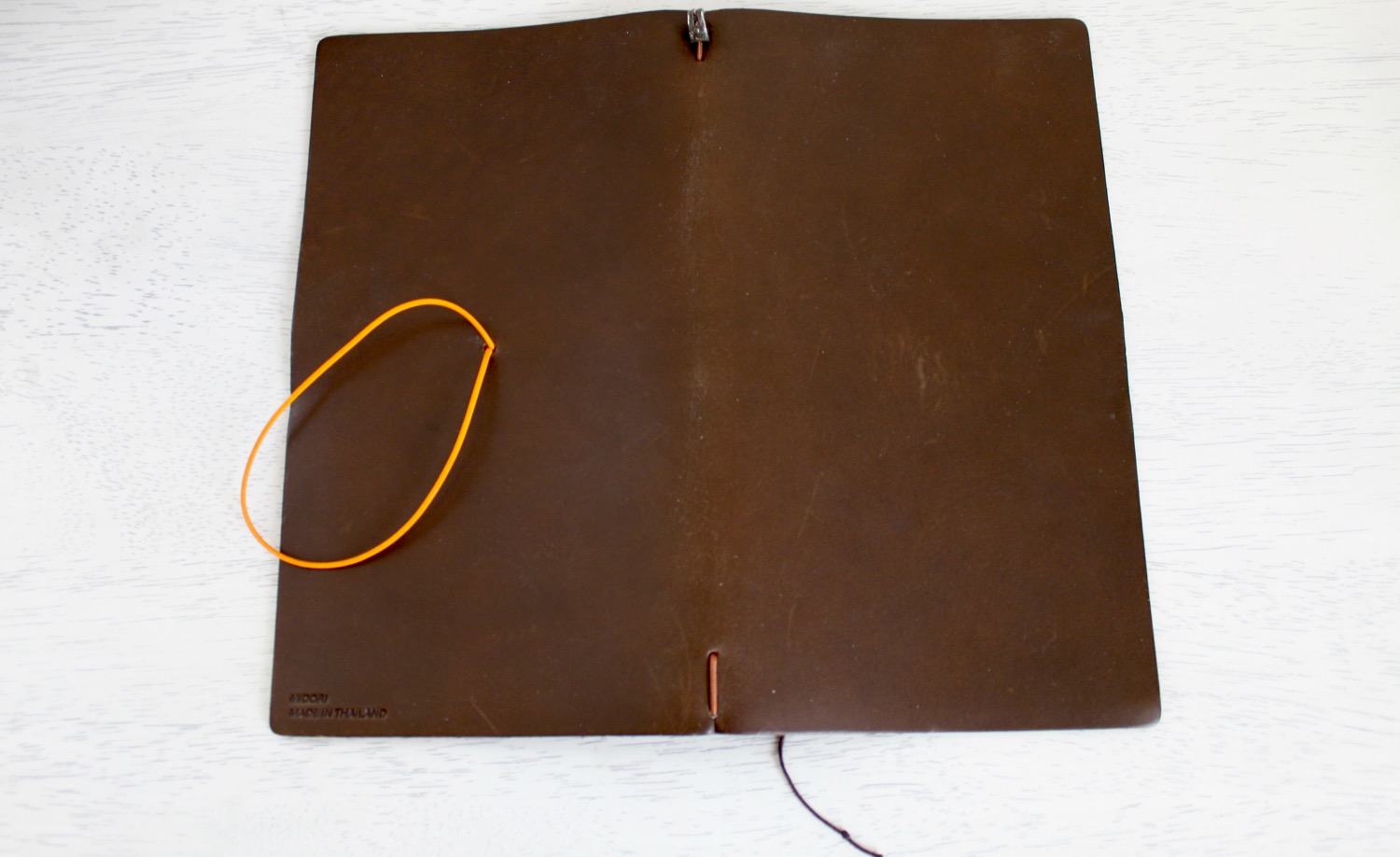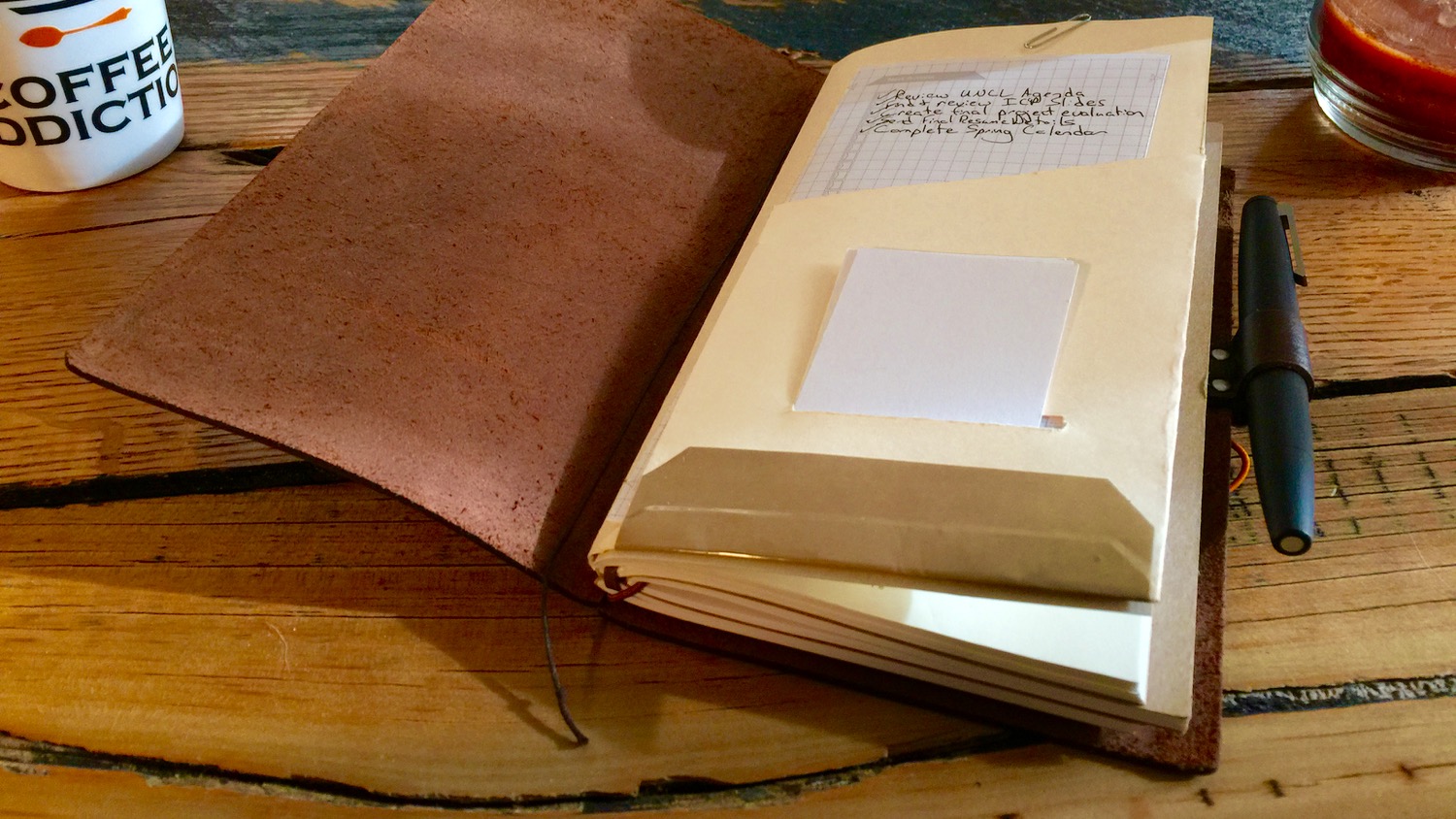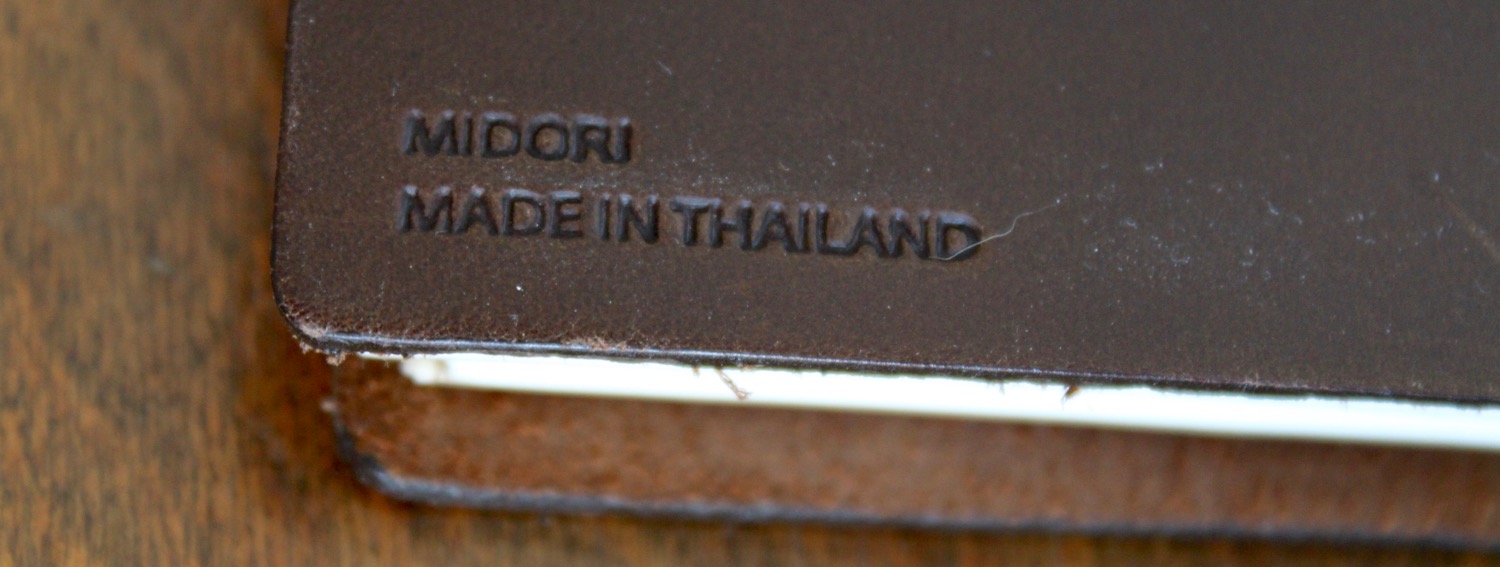Ah Japan, the land of shrines, kindness, and obsessive high quality. Japan feels like a second home to me. I spent six months working there as an intern and take a group of students back every year to get a taste of what it’s like to live there. A visit to a Japan stationery store a few years ago sparked my interest in everything analog, which resulted in this blog, and the Midori Traveler’s Notebook is one of my favorite Japanese stationery discoveries. While I published a high level review of the Midori Traveler's notebook months ago, it’s hard to completely review a product that’s so customizable. The Traveler’s notebook can be whatever you want it to be, so it took some time to figure out where it fit in my analog workflow. Now that I’ve been able to break my Midori in, I wanted to revisit it and review it for the purpose for which I’ve found it most useful, travel. If you're looking for a basic overview of the Midori Traveler's notebook, check out my original review.
Although I love the Leuchtterm1917, which is my everyday carry notebook, it’s not quite up to snuff as an all-inclusive traveling companion. It doesn’t fit in my travel bag, nor does it hold the things that I typically take with me during a business trip, like business cards and railway maps. This is where the Midori Traveler’s Notebook shines. Check out the screen shots below to see how the Midori insert size compares to the Leuchtterm 1917 A5.
I bet you’ll never guess my favorite thing about the Midori as a traveling companion. Go ahead, I’ll wait… Its battery doesn’t die. There’s something magical about cell phones in that their batteries seem to magically drain twice as fast on-the-go. I typically save a digital version of the Japanese train and subway maps on my phone, but they’re completely useless if my phone dies. I still keep a digital map handy, but I also tuck a subway and JR map into the back pocket of my Midori’s artisanal storage folder (artisanal in the sense that I made it out of a Manila folder and some tape). I always forget to bring business cards on business trips, so I slide a few business cards into the business card slot of the custom folder, and there’s no longer a need to freak out when I leave my card case in my other pants. I added the Midori zipper bag to my notebook during my trip to Japan, and it’s the perfect place to tuck away business receipts that I’ll need for reimbursement later. Instead of cramming receipts in pants pockets and bags, they’re in one place which makes it so much easier to sort through them later.
Patrick Ng’s Chronodex is one of my favorite planning tools, and it turns out that it’s a perfect tool for travel too. Remember that terrible cellphone battery? I copy my trip itinerary into the corresponding days of the Chronodex, so that I have a backup. All of the occupied time is filled in with black lines, and I fill in the free time with red lines. This gives me an idea of how much free time I have during the day. In the office, I might use this time to do some writing or answer emails, depending on how big the time chunk is (more on time chunking some other day). In Japan, I use this process to see when I might be able to sneak away to go see an old friend or visit a favorite restaurant.
If you read my writing regularly then you know of my fountain pen affinity. Although I love my Lamy 2000 and Pilot Vanishing Point, they don’t travel with me. I’ve read all sorts of stuff about how easy it is to fly with fountain pens with careful planning, but I just don’t need that level of uncertainty when I fly. Traveling is stressful enough without having to worry about a pen leaking all over there place. Instead, I carry the Fisher Bullet Space which rests comfortably in the Midori Traveler’s Notebook pen loop. The Space Pen is rugged and pressurized, so it could write in an underwater war zone, but it works well for brainstorming on the plane and business meetings too. It’s worth noting that the Space Pen is a bit small for the large pen loop, so make sure to buy the optional Space Pen clip or go the small pen loop, if you’re an avid Fisher fan.
You're right, this isn't a picture of a Space Pen. I discovered this little J. Herbin beauty while traveling, and am putting it through its paces.
The Midori is an all-in-one powerhouse. Although I no longer carry it in my work bag on a daily basis, I think that I’ve found the perfect use for it. Instead of tossing random bits of paper and business cards into my man-bag (yes it’s normal for men to wear bags in Japan), the Midori Traveler’s notebook keeps everything safely tucked away and organized. I use the full-size Midori Traveler’s Notebook, but there’s a passport-size Traveler’s Notebook too, which is more of a pocket companion. The Midori Traveler’s Notebook is a best-in-class product. Aside from its excellent performance, its leather cover serves as a record of the many journeys and adventures of its owner. With dozens of accessories and inserts, it can be highly customized to fit the needs of its user.
An example of some of the available inserts.
Want to learn more about the Midori? Check out the Midori section of the Penventory.



